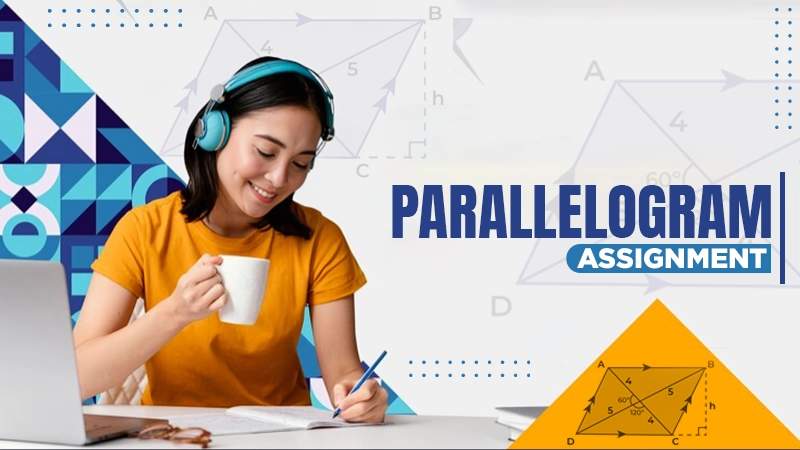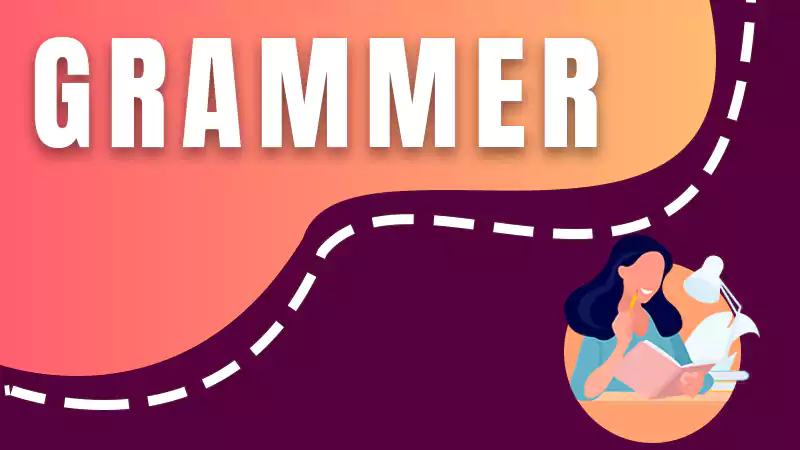6 Strategies to Manage a Classroom with Special Needs Kids
With the world progressing rapidly and becoming aware of many new ideas every day, the education sector also needs changes. Nowadays, classrooms have become more inclusive regarding genders, ethnicities, and mental capabilities. Students, previously labeled as special children, are no longer confined to separate classrooms. The improvements in the academic structures have brought on plenty of opportunities for such children. However, these improvements also bring their own challenges for teachers simultaneously. Most teachers are not skilled in managing inclusive classrooms where special needs kids are also present. As a result, they struggle to be creative with their classroom preparation and in helping every student stay on the same page.
In this article, we have shared some innovative strategies to implement in an all-inclusive classroom where special needs students are also present.
Teachers and Classrooms with Special Needs Children
Teachers are the driving force of a classroom. Their persona and skills directly influence their students. Previously, special children’s classrooms were separated from regular ones, and both had different teachers. However, this is not the case now, as most schools transition to all-inclusive classrooms. While it may be good news for children with special needs who thrive with their fellows, it is challenging for teachers.
First, teachers need to be qualified enough to teach an all-inclusive classroom. In order to do that, they need to earn their master’s degree from a reputable institute. However, a master’s degree alone is not enough for teaching children with special needs. Luckily, now they can earn their certifications and special education credential online to be eligible for teaching such children. After qualifying as a teacher for special needs children, they need to develop a strategy to yield maximum benefits for students in all-inclusive classrooms.
Below, we have shared some strategies to help teachers in this regard:
Use Computer-Based Programs
When it comes to keeping students engaged in a classroom, technology is one of the most successful ways of doing so. In an all-inclusive classroom, technology can help children with special needs keep up with their fellows in a better manner.
While technology is helpful for teaching children with various special needs, it is especially helpful for students with autism. Autistic children respond well to visuals, and technology offers incredible learning resources in the form of visuals. Teachers can personalize their lesson plans for each student according to their capabilities to help them learn better.
Work on Your Seating Chart
One thing teachers should never overlook in an all-inclusive classroom is where each student is sitting. To ensure every student gets equal attention, they should optimize their seating plan regularly.
Students in all-inclusive classrooms have different needs. For instance, some students require separate seating because they work better with fewer distractions. Most ADHD students tend to get distracted relatively easily, so it is better to seat them somewhere where the teacher can keep an eye on them. Similarly, circular seating may not be the best seating plan for a classroom with special needs children. It is better to arrange the seats in rows to provide every student with their own space.
Teach Social Skills
Social skills are an essential part of teaching, and that remains true for an all-inclusive classroom as well. Most children with special needs do not conform to socially acceptable behaviors. They do not understand concepts like turn-taking and hand-raising before doing something in a classroom. Hence, to build a better classroom community, teachers need to give frequent reminders about how to do things. Moreover, they need to make other students understand why special needs children sometimes engage in uncommon behaviors, like hand flapping. When a teacher teaches social skills to the entire class, they will learn to apply them accordingly to everyone with or without special needs.
Focus on Strengths
Children with special needs do not follow the same learning behaviors as other children. Teachers need to be able to focus on their strengths instead of conforming them to standard learning methods. When you handle students with special needs according to their strengths, they are less likely to misbehave as a coping mechanism.
Most special needs students need personalized lesson plans designed specifically with their strengths in mind. When they get to exhibit their expertise in a way that is understandable to them, they tend to learn better. Besides, sometimes teachers also forget that everyone is good at something. So, they need to channel their inner analyst to find out what their students are interested in and then incorporate those details into their lesson plans.
Establish a Positive Learning Environment
Teachers are responsible for attending to every student’s intellectual, social, physical, and emotional needs. This responsibility increases ten folds in an all-inclusive classroom. Thus, to be responsible teachers, they need to establish a positive learning environment in their classroom that encourages all students to participate. Every student in the classroom must know that their teacher is there to support them through any challenges they face while learning. It is the teacher’s responsibility to provide them with essential materials and aids to facilitate their learning.
Eliminate Environmental Triggers
Most students with special needs respond badly to environmental triggers, like bright lights, loud noises, and cold or hot temperatures. These triggers disrupt the child’s thinking pattern, resulting in unexpected outbursts or tantrums. A teacher must be aware of every student’s triggers to manage them accordingly. When a teacher already knows about a student’s reaction to a particular environmental factor, they can eliminate or handle them more effectively. For instance, when a teacher knows a child is misbehaving because they feel triggered by the bright light, they will be able to manage it more quickly than a teacher who is oblivious to the child’s triggers.
The Bottom Line
Teaching in all-inclusive classrooms where children with special needs are present can be challenging. However, the entire experience is relatively wholesome for the teacher, and it can prove beneficial for the child if you implement proper strategies. While most students struggle with learning new concepts, these challenges multiply for special needs children. In such situations, teachers need to be well-qualified and mindful enough to manage such classrooms without compromising students’ education. Only when teachers are well-equipped for teaching special needs children can they positively impact the student’s life.











Share